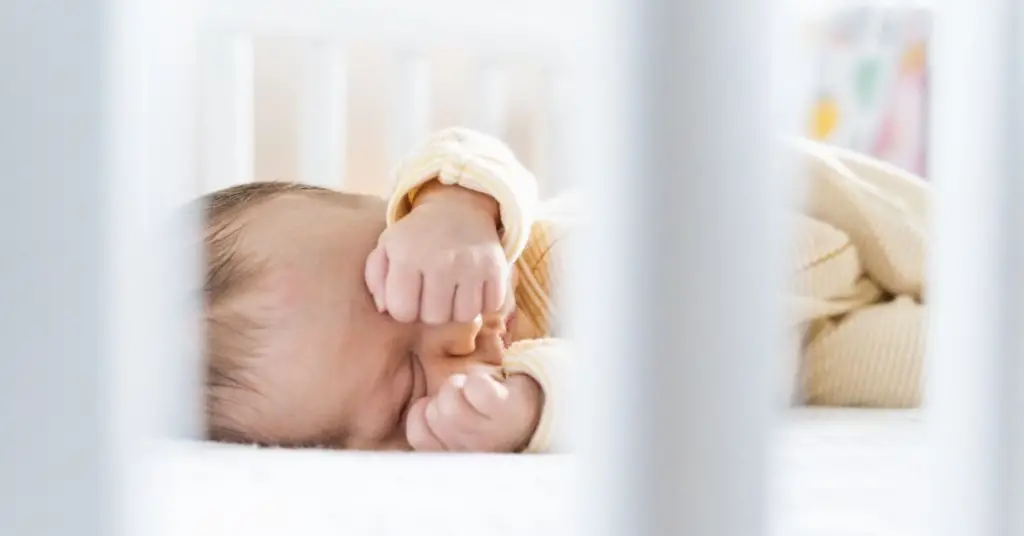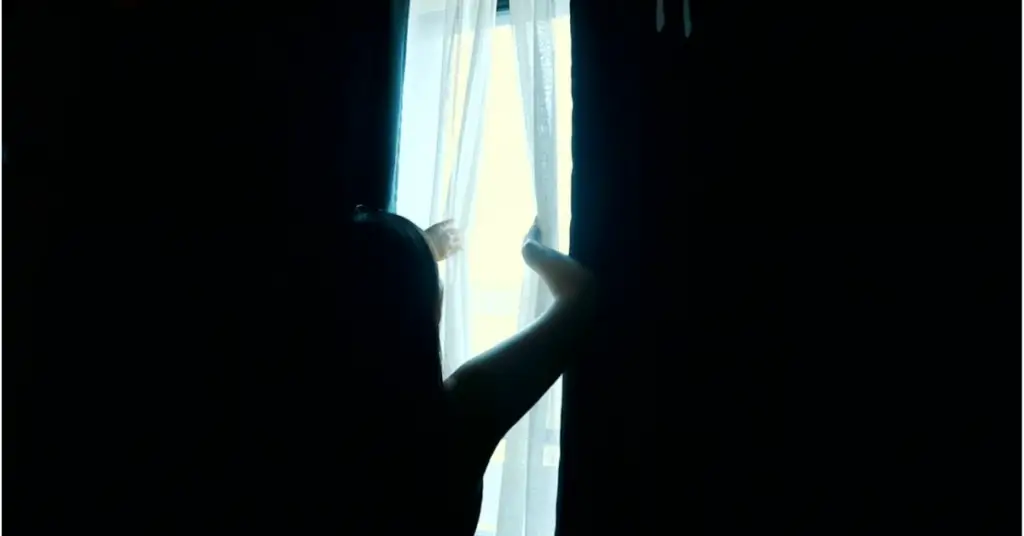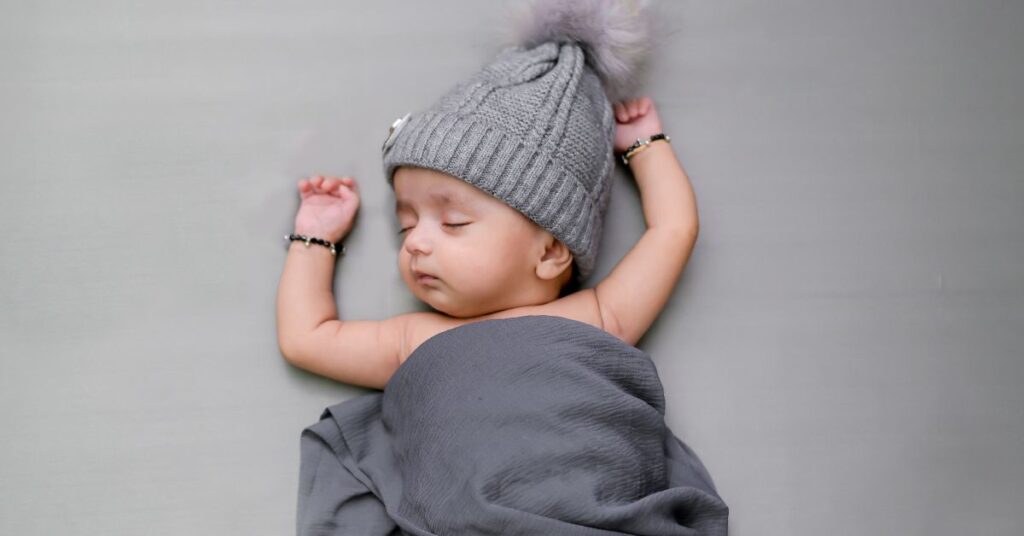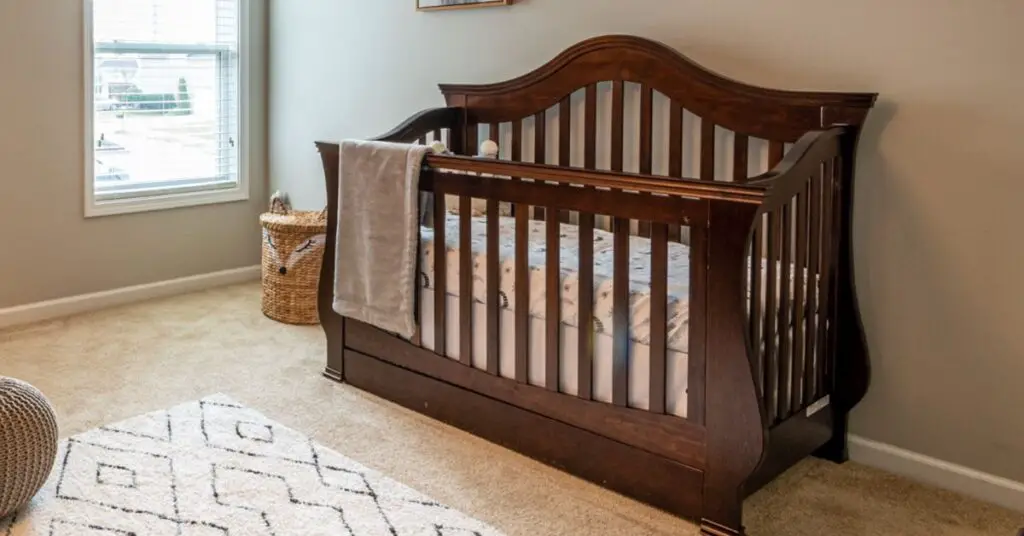Are you worried about your baby hitting their head while sleeping? Find out our 7 ways to protect your baby from hitting their head in the crib.
The products mentioned on this page were independently selected by Babycious editors. As an Amazon Associate, Babycious may earn a commission from qualifying purchases.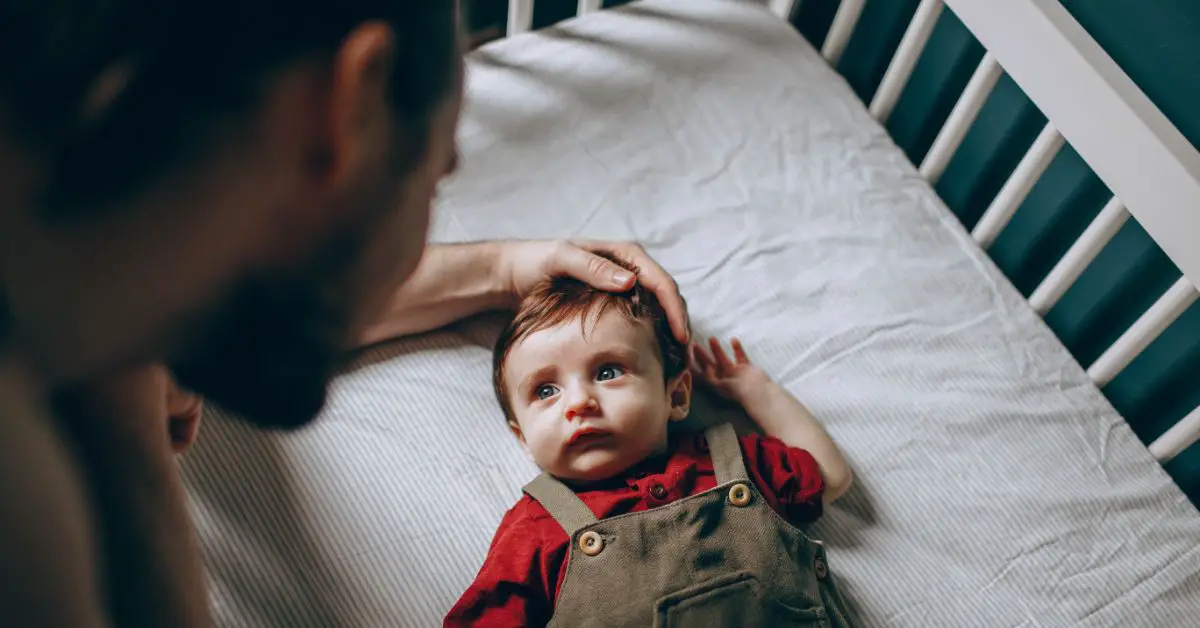
Photo by Helena Lopes
Babies are naturally curious and will explore their surroundings as soon as they can. For a first-time parent, this means constantly worrying about whether or not their baby is safe. One of the most anxiety-driving things is your baby hitting their head in the crib, whether on the crib bars or the headboard.
If you think you’re going crazy standing there trying to catch your baby’s head every time, let me at least reassure you that you are not alone in this. Those head bangs on the crib are a very common thing and are totally normal! Keep reading for seven ways that you can protect your baby from hitting their head in the crib!
Let Your Baby Be
Yes, that’s my very first recommendation for a parent who’s freaking out about their baby hitting their head in the crib (or just freaking out in general): Do absolutely nothing.
Babies (and their heads) are tough. Much tougher than we give them credit for! Unless your baby is waking up crying from the bang or you notice a bruise or bump, your baby is most likely totally fine.
If you think about it, our babies hit their heads multiple times a day when they are crawling around or standing up. It’s only natural that they will also bump their heads occasionally in the crib too.
Watching your baby banging their head on a crib rail is certainly not fun, but try to remember that it is completely normal and they are not doing it on purpose! If they see you freaking out about it and making a big deal, they will probably too. After a few times, your baby will learn to navigate their own space inside the crib and head banging will be a thing of the past.
Place Your Baby “feet to Foot” in The Crib
This is one the most useful and easiest tips I can give you to reduce the amount of head banging: change your baby’s sleeping position from “head to foot” to “feet to foot” in the crib. The simple fact of having your baby’s feet touch the foot of the crib will reduce the space available for your baby to move around, and therefore will minimize the probability of head banging.
This position also gives your baby a sense of boundary within their sleeping space, especially if they have just made the move from the small nest-like bassinet to the spacious baby crib. Remember, babies like to feel secure, and having their feet touching the foot of the crib will help create that feeling for them.
Switch (temporarily) to A Pack and Play
If your baby keeps waking up from their naps or during the night after they bang their head, it might be a good idea to move them to a pack-and-play, at least for a little while to help them get better sleep during this adjustment period.
Pack and plays have the advantage of having soft meshed sides and offer a little less space for baby to move around, so your baby might sleep better in a pack n’ play. This is not the ideal sleeping arrangement for the long run, but it can be just the solution for your family to get some sleep until your baby is able to coordinate their movements a little better inside the crib.
You can either borrow a pack-and-play from friends since you’ll only be using it for a couple of weeks, or you can get one for an affordable price on amazon and keep using it when you’re going on vacation with your baby or around your house.
Try a Floor Bed
Putting your baby’s crib mattress directly on the floor (no crib, no bed frame) is a great way to give your child an opportunity to develop their gross motor skills and become more aware of their movements, without the risk of banging their head on a hard surface. This can turn into a permanent sleeping setup for your family, or it can be a great way to transition your baby to a big kid’s bed later on.
There are many benefits to using a floor bed (and we talk about it extensively here) other than preventing your baby from hitting their head in the crib or getting their legs stuck in between the slats. But before you decide to switch to a floor bed, please make sure you babyproof your baby’s room to avoid any accidents.
Move Your Child to A Toddler Bed
If your baby is older than one year, chances are they are ready to move to a toddler bed. This will give them the chance to transition from crib to bed without the risk of falling and hurting themselves, and it will also give you some extra peace of mind.
Toddler beds are lower to the ground than adult beds, and you can use rail guards to further prevent your child from falling out of bed. You can find some great toddler beds on amazon and many stores that specialize in baby furniture.
This is a solution that doesn’t imply any new investment since you will eventually need to buy a bed for your toddler anyway, but it will give you the chance to use the crib for another baby in the future if you have one.
Using Mesh Crib Bumpers
Mesh crib bumpers are made from breathable mesh fabric (unlike the regular ones) and provide a tiny bit of padding (not as much as the regular ones) that may help reduce the impact if your baby hits their head on the crib rails, but are more helpful in preventing your baby’s little arms and legs from going through the crib rails.
Mesh crib bumpers are also safer than regular ones simply because they are less solid, so they can’t be used as a step stool for your baby to climb out of the crib. You might find, though, that mesh crib bumpers are not thick enough to cushion your baby’s head if they hit it with some force, so you might want to skip this option.
Crib bumpers are not recommended by the AAP because they can pose a suffocation hazard, but if you decide to use them please make sure you get the breathable mesh kind.
Using Crib Bumpers (with Caution!)
Disclaimer: Only consider this option if your baby is older than 12 months.
This option was actually recommended by our pediatrician once our daughter was well past 1 year old. The reason why it’s okay to use bumpers with an older baby is that the suffocation risk is no longer there as your baby becomes more mobile and can get themselves out of any compromising position.
Bumpers are the most effective way to protect your baby from hitting their head in the crib, but I’m leaving it for last because it comes with some warning signs attached. The major issue would be that if your little one is able to stand, they could use the bumpers as a step stool and could be at risk of falling out of the crib, and that is way more concerning than just a head bang!
If you decide to use crib bumpers, make sure you monitor your baby closely and remove them as soon as they start pulling up to a standing position. You can also use a video baby monitor to keep an eye on your baby.
Final Thoughts
As parents, we must be careful and pay close attention to any potential dangers that might be lurking around our little ones. But your baby is often far more resilient than you give them credit for.
Most bumps and bruises are minor and will heal quickly. And your baby will soon learn the boundaries of the crib and stop hitting their head. In the meantime try some of the recommendations I gave in this article and try not to worry too much!
The purpose of this article is informative and educational only. It’s not a substitute for medical consultation or medical care. We do not accept any responsibility for any liability, loss, or risk, personal or otherwise, incurred as a consequence, directly or indirectly, from any information or advice contained here. Babycious may earn compensation from affiliate links in this content.
